Go-to cocktail: Sparkling wine with bitter orange
Let’s talk about sparkling wine with Aperol. Let’s talk about how pretty it is, when it’s warm outside and there’s a lawn chair in the middle of the backyard. Or when it’s on a table at a fancy restaurant on a tiny side street in Vienna, when you’re celebrating two years of marriage with your love.
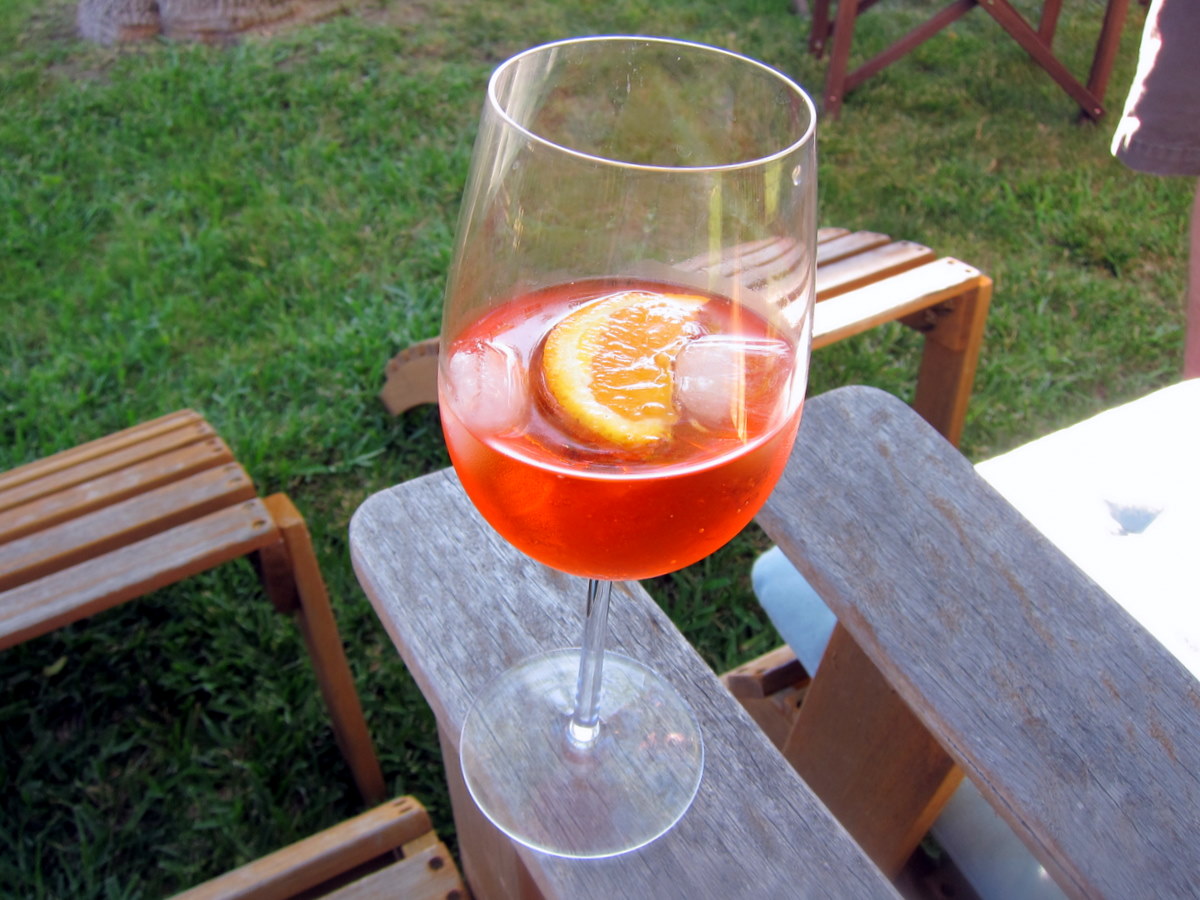
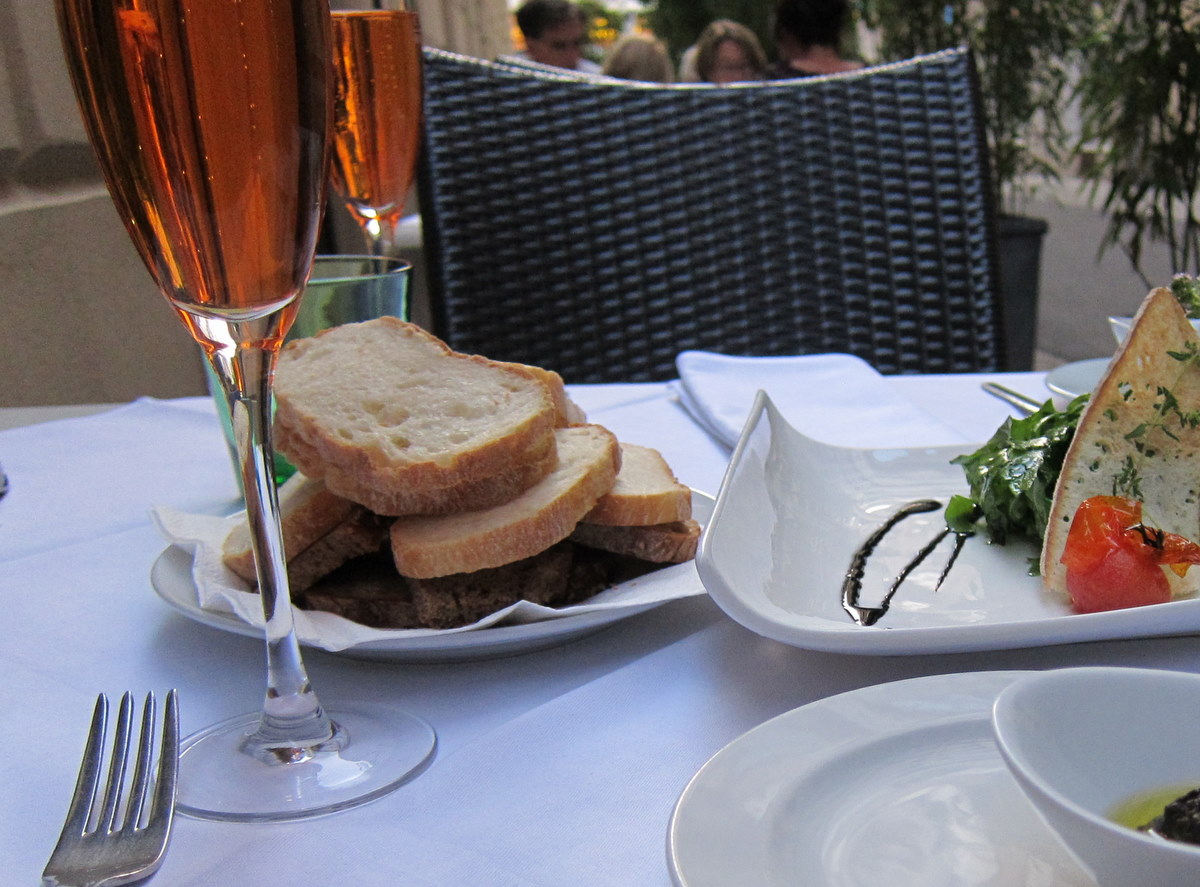
While we were in Germany and Austria, we couldn’t walk into or by a restaurant or cafe without seeing about 1,000 bottles of Campari or Aperol lining the shelves behind the bar. These bitter orange liqueurs are not nearly as common here in the United States, but almost every menu we saw had a sizable selection of simple cocktails with one or the other – as straight-forward as Campari and soda up to four- and five-ingredient cocktails.
This was another instance of the slight differences in food and drink that I loved noticing throughout our trip – differences in how the items were prepared, presented, packaged, and combined. From combinations of food on menus that struck me as slightly strange, to a particularly endearing tendency to serve white wine in small glass mugs, to the Pizza Hut we saw in Munich that served freshly made, gourmet pizzas on white ceramic plates and fancy cocktails in a sidewalk cafe atmosphere.
Aside from Negronis and a Campari and soda here and there, Campari and Aperol (especially the latter) aren’t really very common on the American bar menu. Perhaps it’s because they’re fairly bitter, and that’s taste used and appreciated more commonly in other cultures. Or perhaps it’s because the concept of apéritifs – a pre-meal drink meant to pique your appetite and prepare your palate for tasting, and a category in which both Campari and Aperol fall – isn’t as common here.
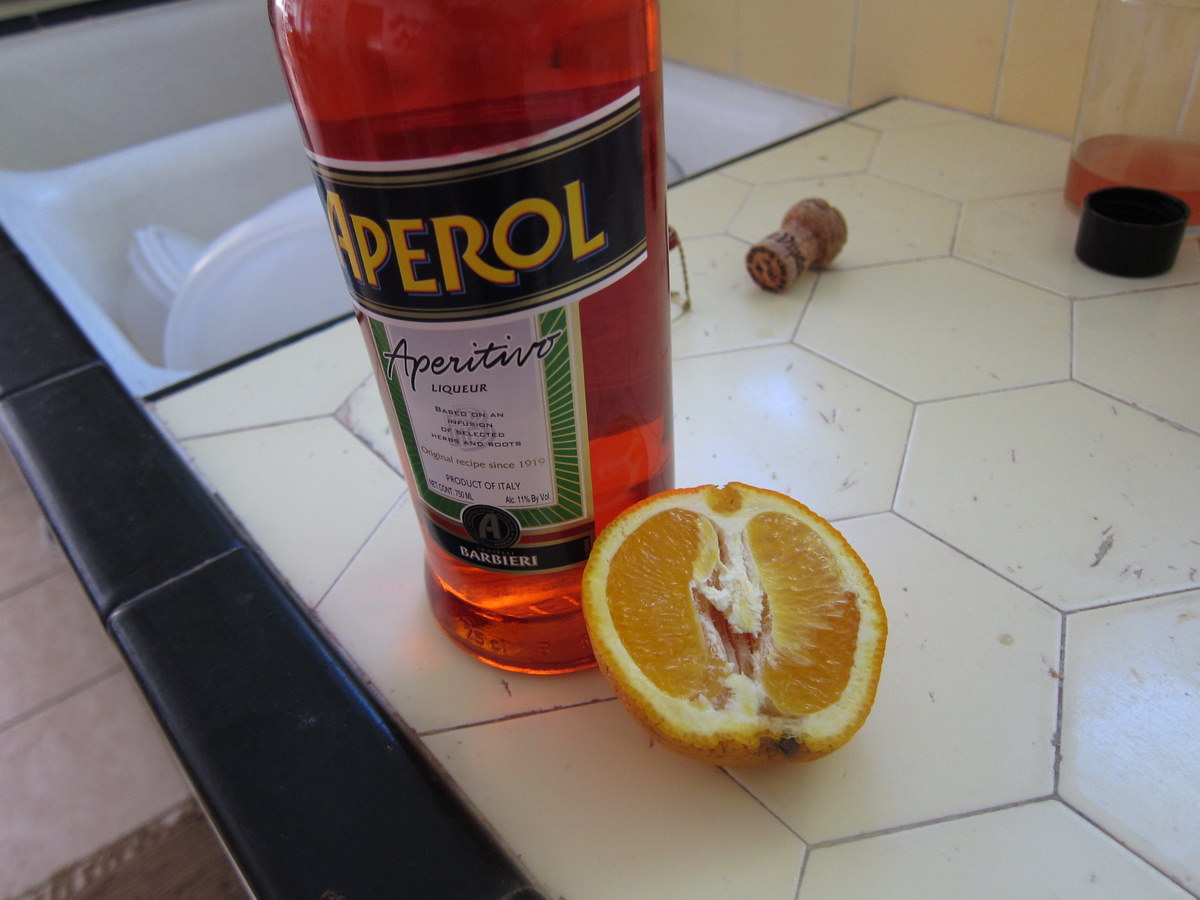
Both Campari and Aperol belong to the family of Italian bitters, alcohols infused with herbs, fruits, vegetables, and other botanicals to create a huge variety of complex, intense, and fairly bitter flavors. They’re both bright reddish-orange, infused with wide variety of herbs and, most notably, oranges. Bitter orange is the most dominant flavor of both, though the specific type of orange used for each is said to contribute the most significant flavor difference between them. Campari is stronger and less sweet than Aperol, with a slightly darker color and a more bitter aftertaste. Either can be imbibed alone, with soda, or in a variety of cocktails (a Negroni is a common Campari cocktail, with gin, red vermouth, and a twist of lemon).
And we saw simple, summery cocktails with Campari and/or Aperol absolutely everywhere through Austria and into Munich. Our third night in Vienna, I ordered a “Prosecco mit Aperol,” and was so endeared to the simple combination and new, interesting flavor that I ordered it (or something similar) a number of times through the rest of the trip. The creaminess and tartness of the wine and the carbonation calmed the bitter notes of the liqueur, and the sweet bitterness of the liqueur blossomed the wine into a floral, complex, and entirely rounded cocktail.
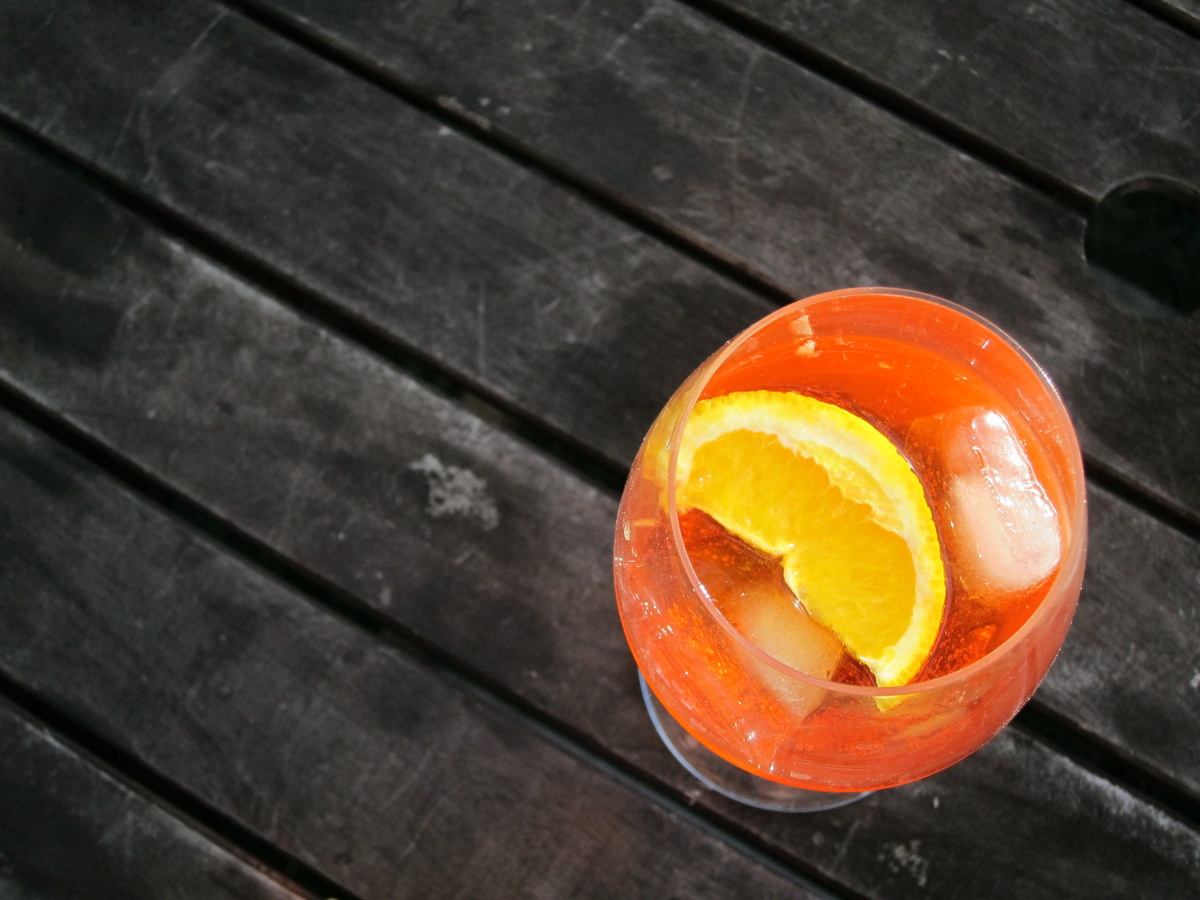
Throughout the trip we drank variations on the theme. Sometimes it was sparkling wine, sometimes still white wine and soda. Sometimes Aperol, sometimes Campari. Sometimes it had ice, sometimes it didn’t; sometimes it had lime or orange, sometimes it didn’t. As you can tell, the basic concept (wine, sparkle, bitter orange liqueur) is the most important; the details come later.
And the most important detail is: this is a perfect drink for summer. Use some sparkling wine for one of these before dinner, then share the rest of the bottle with your handsome dinner-mate to accompany dinner (preferably cooked on the grill, and eaten al fresco – it is summer, afterall).
Sparkling wine with bitter orange liqueur
Note: You could use either Campari or Aperol in this drink, but they do differ a bit in taste and composition – Aperol has a higher sugar content, about half the alcohol, and a lighter color than Campari. Campari appears to be easier to find in the United States, but we did find Aperol at our friendly local BevMo. You can play around with liqueurs and additions (and proportions, I should note – the Aperol bottle included a recipe with a far higher Aperol-to-wine ratio) until you find what you like best.
Another note: We found the best ratio to be 1:4 Aperol to wine, or 1:8 Campari to wine. The measurements below are just a sample; you can increase or decrease the size of your drink as desired.
- 4 oz. sparkling wine (or: 3 oz. white wine and 1 oz. sparkling water – or adjust to your liking!)
- 1 oz. Aperol or 1/2 oz. Campari
- Optional: orange wedge, lime juice, ice
– Pour the wine and the liqueur into a glass of your choosing (we saw champagne flutes, wine glasses, and lo-balls all used).– Include optional additions (orange wedge, lime juice, ice) as desired. Easy as that!
Trackbacks & Pingbacks
- Food List 2011 | Bowen appetit!
- A late-20s sort of cocktail. (Go-to cocktail: Leslie’s Americano) | Bowen appetit!
- Bowen Appetit 2011 holiday gift guide (for people who like things I like) | Bowen appetit!
- Bowen Appétit Bar Guide | Bowen appétit!
- Places We Love: Seattle | A world of Gemütlichkeit
- Setting up shop | Bowen Appétit
- A late-20s sort of cocktail. (Go-to cocktail: Leslie’s Americano) | Bowen Appétit
- Spring cocktail: Frühling’s 19 | Bowen Appétit
- Vienna – The first half | A world of Gemütlichkeit

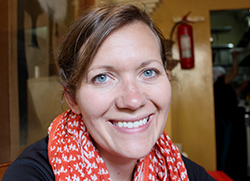



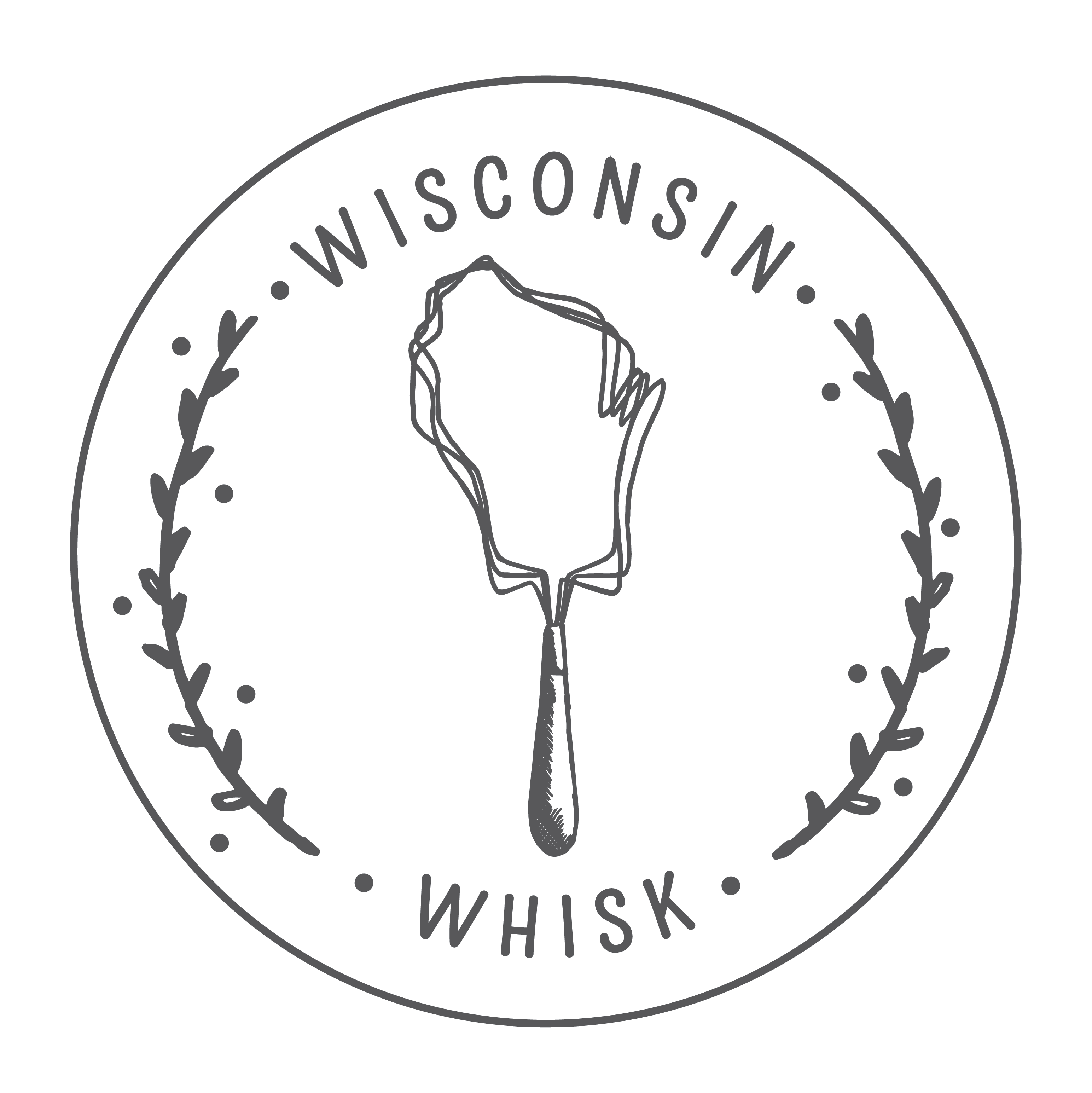
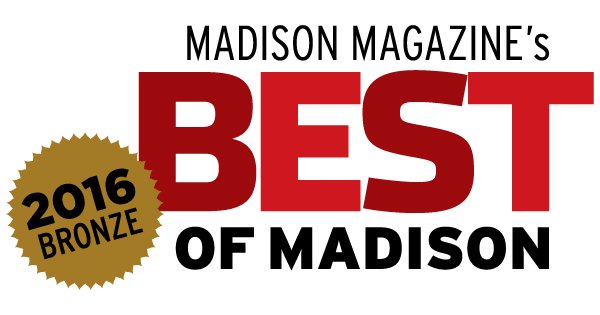
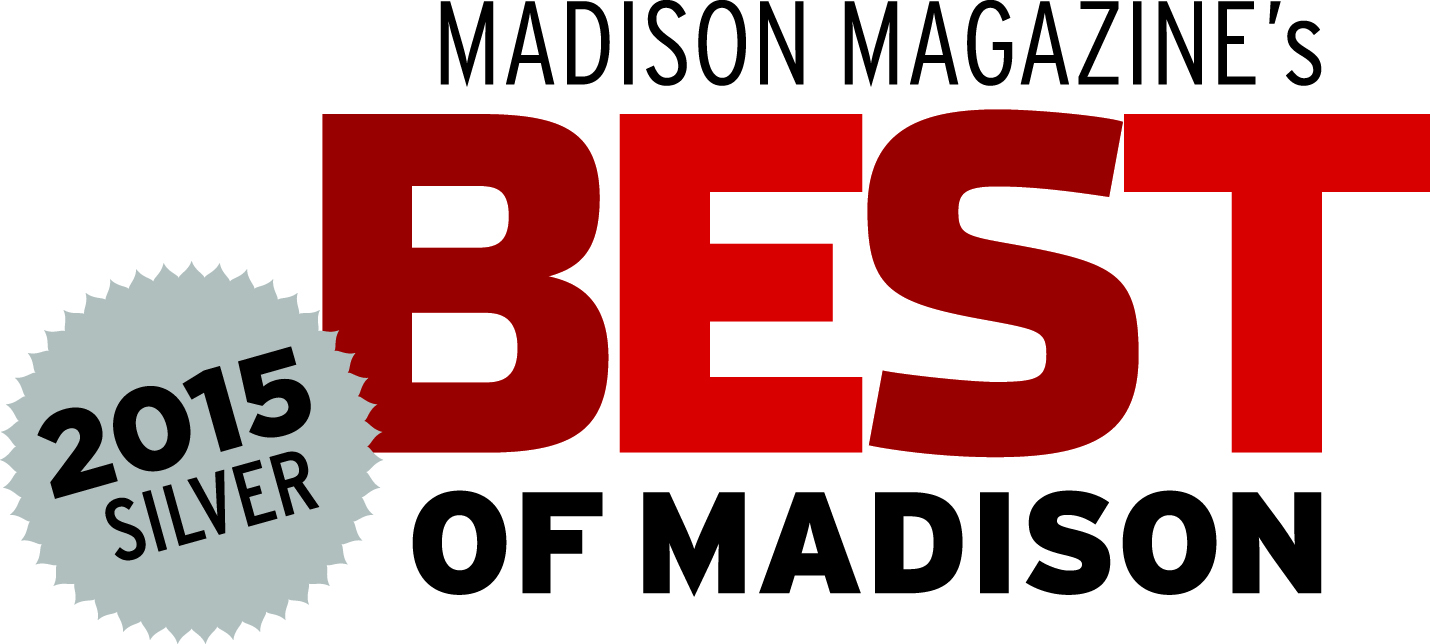
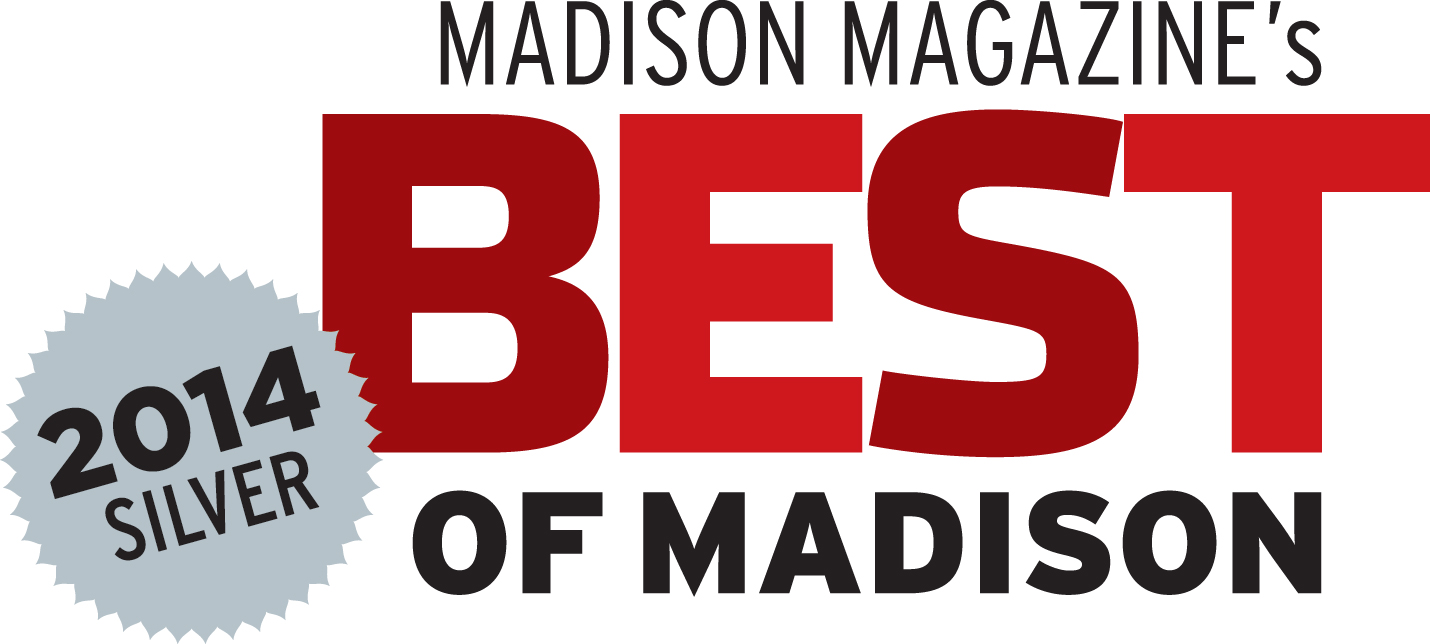
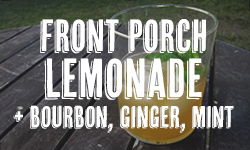
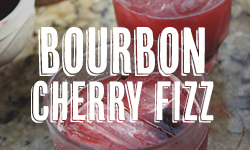
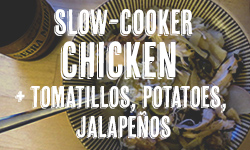
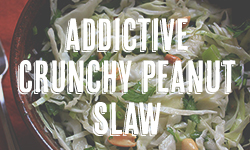
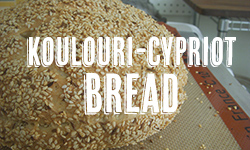
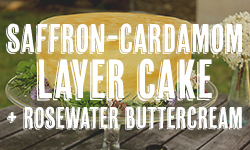
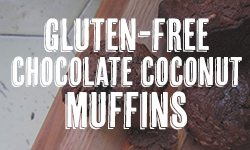
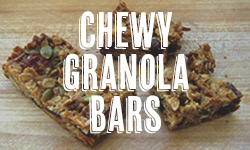
This sounds so refreshing. I’m always looking for ways to drink more Campari. I have this bookmarked!